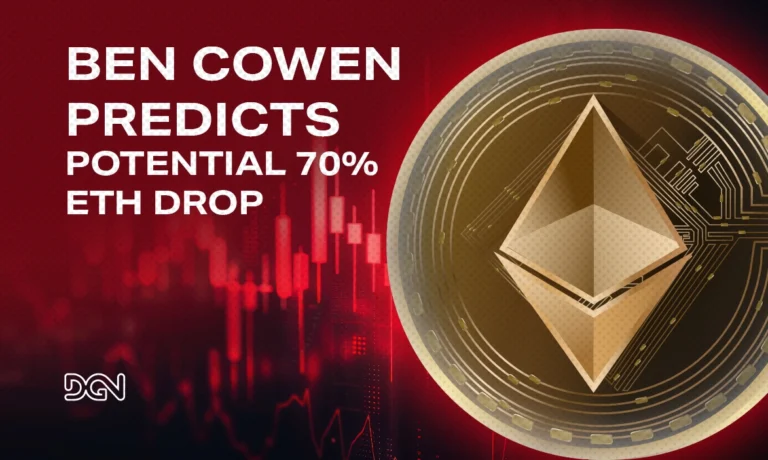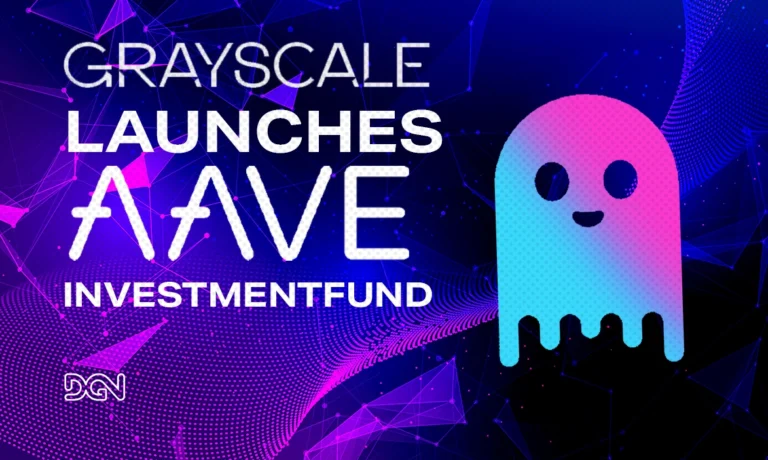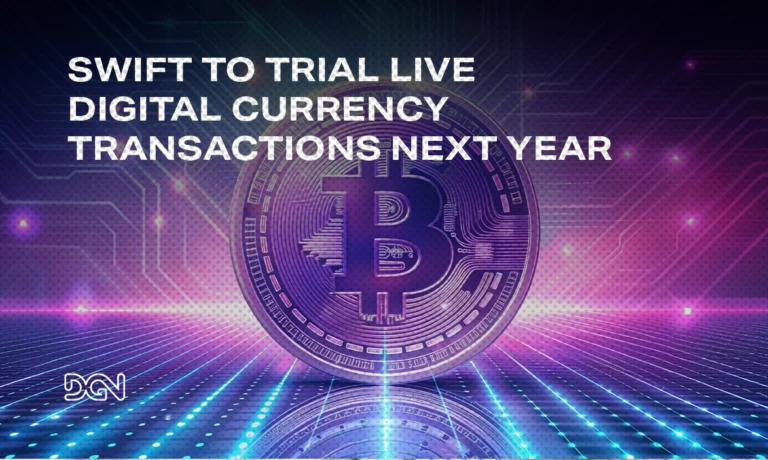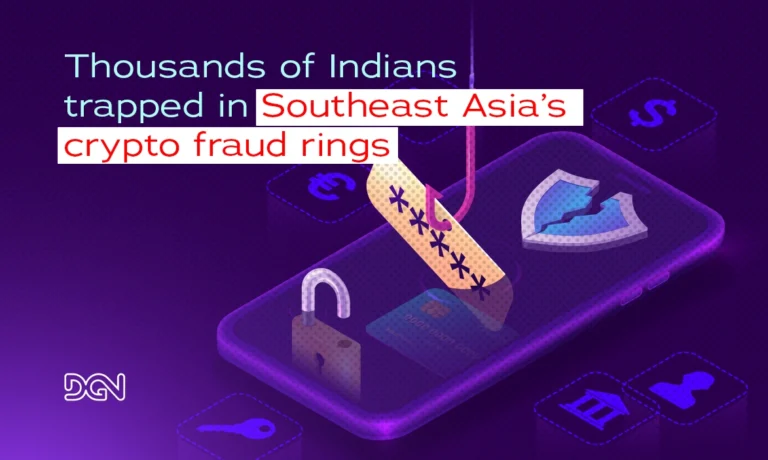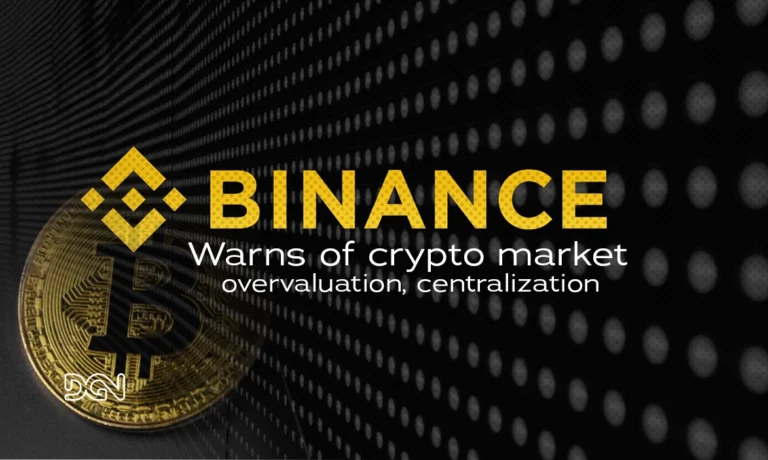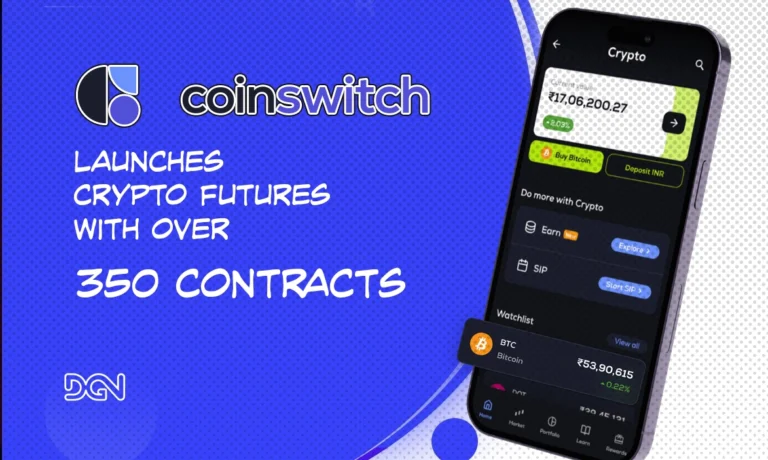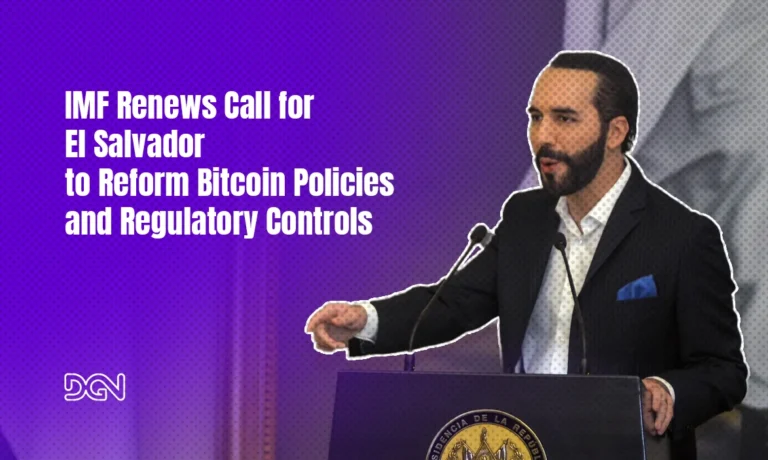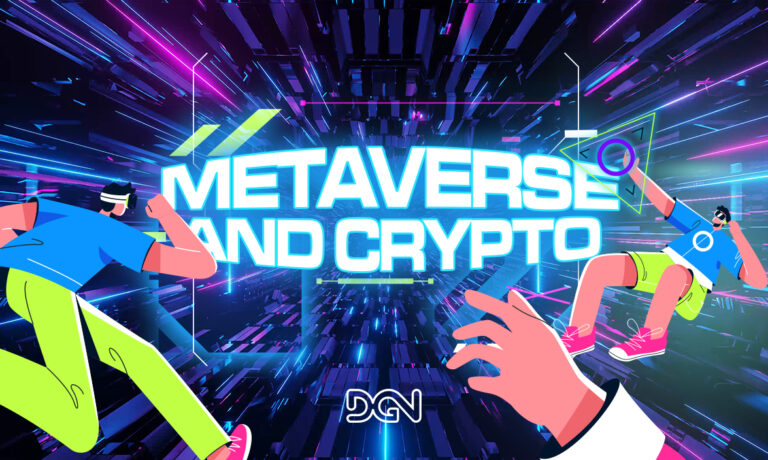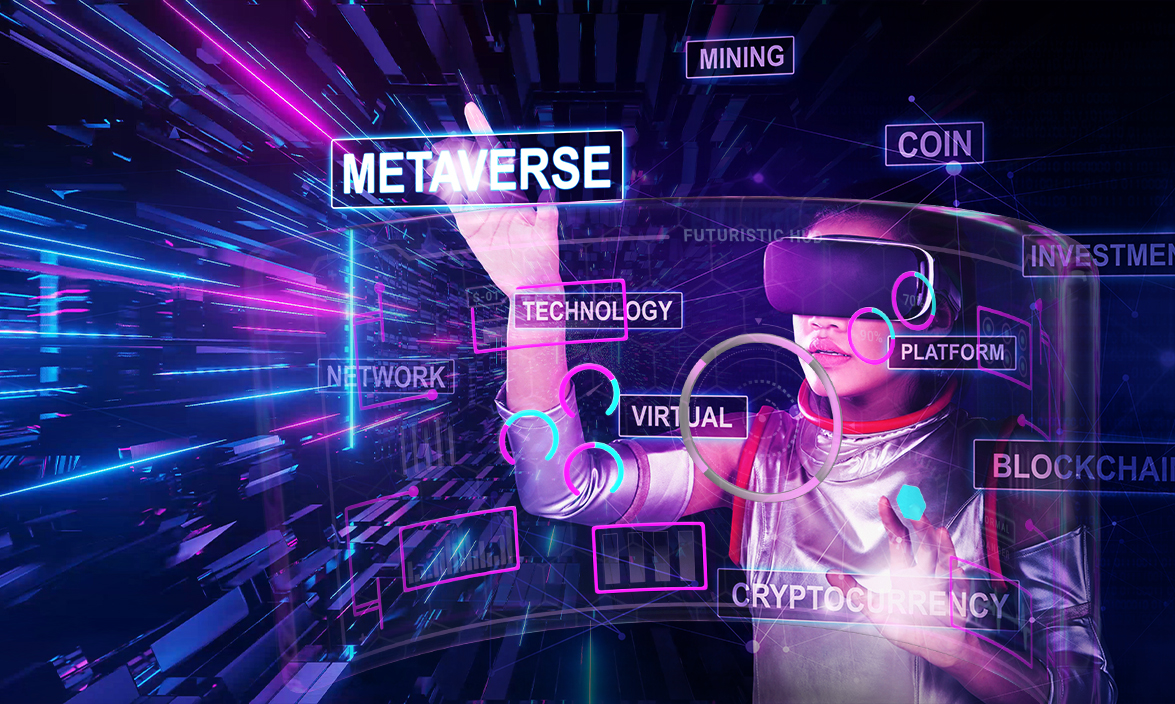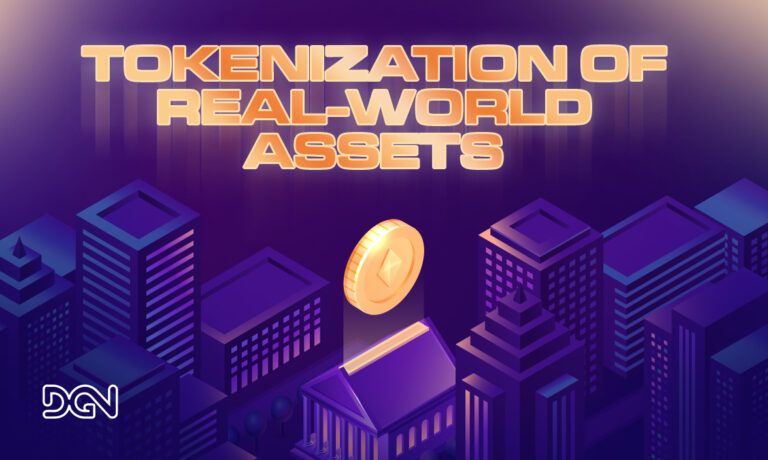Artificial intelligence (AI) and cryptocurrency are two of the most transformative technologies of our time. Together, they’re revolutionizing the financial world in unexpected ways. The rise of AI has sparked new innovations in cryptocurrency markets, from trading strategies to fraud detection, significantly altering the landscape of digital currencies. As we move forward into 2024 and beyond, AI’s role in cryptocurrency is expected to grow even more influential, creating a synergy that will define the future of finance.
In this article, we’ll explore the various ways AI is impacting cryptocurrency trends, its benefits, potential risks, and how these advancements will shape the crypto industry in the coming years.
1. AI and Crypto Trading: Automation and Efficiency
One of the most notable impacts AI has had on cryptocurrency is in the area of trading. Traditional trading is based on manual analysis of trends, charts, and historical data, which can be slow and error-prone. AI, however, changes the game by enabling the automation of these processes.
1.1 AI-Powered Trading Bots
AI-powered trading bots have become a popular tool for both institutional and retail investors. These bots use complex algorithms to analyze market data in real-time and execute trades based on predefined conditions. For instance, platforms like 3Commas and Cryptohopper use AI to optimize trading strategies, helping investors make decisions that maximize profit and minimize risk.
By using machine learning algorithms, these bots can adapt to changing market conditions and predict future price movements with greater accuracy than human traders. In fact, research from Allied Market Research shows that the global crypto trading bot market is expected to grow by 12.7% annually through 2028.
1.2 Sentiment Analysis
AI tools are also being used to perform sentiment analysis on social media platforms like Twitter, Reddit, and Telegram. These platforms heavily influence the volatility of cryptocurrency markets, and AI can process large volumes of data to detect emerging trends. This insight helps traders anticipate market movements and react more swiftly than their competitors.
2. AI’s Role in Risk Management and Fraud Detection
The decentralized and anonymous nature of cryptocurrencies makes them particularly vulnerable to fraud and illegal activities. However, AI is stepping in to provide enhanced security measures and risk management tools.
2.1 Fraud Detection Algorithms
Cryptocurrency exchanges are increasingly relying on AI-based fraud detection algorithms to monitor transactions in real-time. These algorithms can quickly flag suspicious transactions by identifying abnormal patterns, such as sudden spikes in trading volume or transfers to high-risk wallets.
For example, Binance uses AI to monitor its platform for signs of money laundering and market manipulation. AI tools help exchanges identify threats early and take preventive measures before significant damage occurs.
2.2 Know Your Customer (KYC) and Anti-Money Laundering (AML)
AI-driven KYC and AML tools are becoming standard for crypto exchanges and other financial institutions dealing with cryptocurrencies. These AI systems can scan thousands of identity documents, validate personal data, and flag inconsistencies far more efficiently than human agents. By automating KYC processes, exchanges can onboard users faster while maintaining compliance with regulations.
3. AI in Predicting Market Trends
One of the greatest promises of AI in cryptocurrency is its potential to predict future market trends with unprecedented accuracy. Predicting price movements in the highly volatile crypto market is notoriously difficult, but AI is improving the odds for traders and investors.
3.1 Machine Learning Models for Prediction
Machine learning algorithms analyze vast amounts of historical data to identify patterns that human traders might overlook. By analyzing factors such as trading volume, price history, and market sentiment, AI models can make predictions about future price movements. This ability helps traders and investors make informed decisions about when to buy or sell assets.
For example, AI systems have successfully predicted short-term price trends for major cryptocurrencies like Bitcoin and Ethereum. In one study, machine learning models accurately predicted price direction with a success rate of nearly 60%, showing that AI could significantly improve trading strategies.
3.2 Predictive Analytics for Market Sentiment
AI can also perform predictive analytics by evaluating market sentiment across various platforms. By analyzing data from forums, social media posts, and news outlets, AI can identify growing trends and public opinions, which can often precede significant market movements. For instance, spikes in social media mentions of specific cryptocurrencies often correlate with price surges, and AI algorithms can detect these trends early on.
4. AI and Blockchain Interoperability
Another area where AI is making an impact is blockchain interoperability. As the crypto space grows, different blockchain networks must interact seamlessly to achieve widespread adoption. AI can assist in this process by managing complex cross-chain interactions.
4.1 AI in Smart Contracts
Smart contracts, self-executing contracts with the terms directly written into code, are a critical component of blockchain technology. AI can enhance smart contract functionality by automating contract execution across different blockchains, allowing for seamless cross-chain operations.
For example, Oracles—data feeds that bring real-world information to smart contracts—are increasingly powered by AI. These AI-powered oracles can aggregate and verify data across various sources, ensuring accurate and timely contract execution. As cross-chain interactions become more common, AI’s role in facilitating interoperability will become more crucial.
4.2 Improving Blockchain Scalability
Blockchain networks face ongoing challenges with scalability. While AI cannot directly scale blockchain networks, it can help improve transaction throughput and reduce bottlenecks. AI-powered solutions can analyze blockchain networks for inefficiencies and suggest optimizations for smoother operations. In the future, AI might even help design entirely new consensus algorithms that are faster and more energy-efficient than current models.

5. Challenges and Risks of AI in Cryptocurrency
While AI offers many advantages for the crypto industry, it also comes with its own set of challenges and risks.
5.1 Data Privacy Concerns
As AI collects and processes vast amounts of data, concerns about data privacy and security grow. Cryptocurrency users value anonymity, and the use of AI could jeopardize that if not properly managed.
AI systems often rely on large datasets to function effectively, which can include personal information from users. Ensuring that these datasets are anonymized and stored securely will be crucial in maintaining trust in AI-powered crypto services.
5.2 Algorithmic Bias
AI algorithms are only as good as the data they’re trained on. If the data used to train AI models is biased, the resulting predictions and actions may also be biased. In the crypto space, this could lead to unequal trading opportunities, unfair fraud detection practices, or other unintended consequences. Addressing these biases is critical to ensuring AI systems function equitably in the cryptocurrency sector.
5.3 Regulatory Concerns
AI’s influence on cryptocurrency will likely attract increased regulatory scrutiny. Governments worldwide are already debating how to regulate AI and blockchain separately. Combining the two technologies may prompt new regulations that could slow innovation. Striking a balance between bringing in innovation and protecting users will be key for future regulatory frameworks.
6. The Future of AI and Cryptocurrency
Looking ahead, the convergence of AI and cryptocurrency will continue to redefine the financial landscape. As AI technology advances, it will unlock even more possibilities for blockchain networks and cryptocurrencies.
6.1 AI-Driven Decentralized Finance (DeFi)
Decentralized Finance (DeFi) is one area where AI is expected to have a profound impact. AI can be used to automate lending, borrowing, and other DeFi services. For instance, AI can assess creditworthiness in a decentralized system without needing traditional financial intermediaries. By evaluating a borrower’s on-chain behavior and wallet history, AI could issue loans in DeFi markets more efficiently and with fewer risks.
6.2 AI-Enhanced Tokenization
Tokenization, or the process of turning real-world assets into digital tokens on a blockchain, is another emerging trend that will benefit from AI. AI can automate the tokenization process, improving accuracy and efficiency. AI models could also assist in determining the value of tokenized assets, particularly those with complex valuations, such as real estate or intellectual property.
6.3 AI and Crypto Custody
AI will also play a growing role in crypto custody solutions. Secure storage of cryptocurrencies remains a top priority for institutional and retail investors alike. AI-powered security protocols, such as biometric authentication and behavioral analytics, could significantly improve the security of wallets and exchange platforms.
Conclusion
The relationship between AI and cryptocurrency is still in its early stages, but its potential is undeniable. From enhancing trading strategies and improving security to enabling cross-chain interoperability and advancing DeFi, AI is set to become a driving force in the crypto space. While challenges like privacy and regulatory concerns remain, the long-term benefits of AI in cryptocurrency far outweigh the risks. As AI continues to evolve, it will shape the future of cryptocurrency, opening new opportunities for innovation and adoption in the digital economy.

